by Ana María Restrepo
Thanks to transport systems we can move from one place to another, near or distant, in long or short periods of time, depending on the means we use for travel, whether cars, buses, planes, boats, trains or bicycles.
Within these systems, different means of transport are also identified: land, air and sea, and in turn these are divided into private or public; the first are vehicles acquired by private people and their use is given only by them, while the public ones are used by any type of person with a prior payment for their use.
Within this last division of transport are buses, taxis, railways, trams and light and metropolitan trains, which make up the public mobility system of cities and countries.
This time we will focus on metropolitan trains, which appeared in the nineteenth century as part of the industrial revolution, however in Latin America this development did not occur until the twentieth century.
The main characteristic of these metropolitan trains is that they transport a large number of people on a regular basis and at a high speed throughout the city thanks to the different lines that compose them and that connect them with distant points of the city, such as the metro cables. There are also other integrated transport systems that are responsible for feeding the meters such as articulated buses that move the population from some peripheral sites to the station closest to that area.
However, because this is a public system, it must be charged for the transport service, which allows or does not allow the entry of a person to the articulated bus, metro or metro cable.
Most of these means of transport have a ticket purchase system that is made in the same stations, there users buy a paper ticket (some have magnetic stripe) or a contactless smart card that allows them to enter the train. Both systems are used to make the payment of the ticket, the difference is that the paper ticket is thrown away when your trips are over and the card can be recharged whenever the user wants.
In some countries of America such as Chile, Ecuador, Argentina, Brazil, Mexico, the United States, Guatemala, Salvador, Costa Rica and Colombia, metropolitan trains have the smart card collection system, which allows you to enter the metro as many times as you want.
Access and collection control
At first glance, the entrance to a metropolitan transport system and access to a company with a smart card does not present any difference, however there is one. Mauricio Flórez, manager of SmartChip S.A., developer and installer of the civic card in the Metro of Medellín, Colombia, comments that access control systems do not handle cash, that is, the income is not subject to a person having or not money, but to having the authorized income, while in transport if it matters that the person has money and the amount he has to let it pass, additionally, the value of the ticket is deducted each time from your card, so that the user must charge it again if he wishes to transport himself again.
Flórez further explains that "collection control solutions in transport systems exploit the smart card's ability to store information because a person's balance is stored directly inside the card chip."
In the case of public transport vehicles, smart cards are always used as a means of collection, but in the case of access controls for employees, the cards also serve to enter the buses of the companies as Jesús Montero, director Kimaldi of México S.A de C.V, explains. since these solutions establish who goes up or not, additionally there is another type of control in the transport that is that of the driver, for which fingerprint technology installed on the bus is used, in this way the ignition of the transport is authorized if the driver is accredited to that unit and only drives who is authorized and qualified for that purpose.
Forms of access
Access to mass transit systems is usually done by means of mifare RFID (radio frequency identification) contactless smart cards, and some use magnetic stripes.
Mauricio assures that the technology of contactless cards (RFID), which has the largest domain (80%) in all of Latin America, incorporates a chip within the cards, keychains and watches that are used for identification, although it is worth noting that the chips of the cards have a larger antenna, which admits that there is a greater reading range.
Among the most widely used identification technologies such as barcode, biometrics, proximity, magnetic stripe, the smart card is the only one that can work offline and make decisions without being in a network, while all the others must be granted to a network to be able to operate a massive transport system.
Additionally, contactless smart cards technology is governed by ISO 14443, type A and B, which establishes communication standards and transmission protocols between the card and the reader to create interoperability of contactless smart card products.
Information on line/off line
The most remarkable feature of smart cards is that they do not need to be connected to a network to know the information contained in the chip and in the case of smart collection cards for public transport, each chip contains the information of the owner of the card and its balance, which allows or not the entry to the vehicle. This identification system allows an agile access to the transport system, since if the information had to be sent over the network to verify it, it would take much longer and the entry process would take longer.
In the case of systems connected to networks, such as biometrics, Jesús explains that the ideal is to install autonomous systems, but otherwise wireless networks that connect by updating data at each station are more recommended. "Otherwise the system is too dependent on the networks and by the routes they can lose coverage, although less and less happens."
Nowadays turnstiles or electronic windlasses are used with readers that verify the information of the chip, the information of each transaction is stored in all the readers and periodically a historical report of those transactions is sent and at that time you must have connectivity to a network, which is done by means of cables, since the turnstiles allow these facilities. "Many systems can make transactions all day and send a single packet once every hour, or in the evening hours they send the entire package of that day at the same time that they tune in to other data," explains Mauricio.
When contactless smart card collection systems are implemented on a bus, they work in a similar way, offline transactions are made and the data is sent in a certain place, because although there are GPRS and GSM, there are some places in cities where you can not have data connectivity. For this reason, places of the bus route are established, or the beginning or end of the route to have a connection to the network and to be able to transmit the information.
At the time of sending the information it is of vital importance to implement robust communication systems that allow the transmission of data from different points of a city safely.
Thanks to the advancement of communications and technology, companies and recuado systems can use WIFi, GPRS or cabling to send the data and according to the size of the project the coverage that must be had must be dimensioned.
Connectivity to recharge
Another essential point of collection systems is the way in which the information recorded on the chip allows you to discount money or increase the amount of it. Since every time people enter the means of transport, the amount of money worth the ticket is debited from their card.
To recharge the cards, physical places are enabled where users can carry out these transactions such as train stations, where there are lockers to receive the money with permanent connection to the network and security systems.
The recharge of the cards can also be done through electronic channels or the Internet, but people must arrive somewhere to check the balance and at that time the system determines that it has a balance in favor and increases it to the card.
Reliability and security
Access control or collection systems allow to know the information of the person who is entering a place, however, some security measures must be in place to improve the use of this type of system.
Montero explains that when the identification is made by fingerprint it is 100 percent secure, but if it is by RFID cards it is necessary to have other measures in case of theft or loss of the card, since a different person could use it.
In the case of the benefits provided by this system of recuado and access are, outside the agility in the payment and entry to the means of transport and that who drives is the person authorized by the company thanks to the identification by fingerprint, a form of personalization of the smart cards without contact and a division of the bjetivo public.
Because the cards store the information of the person who carries them, profiles can be created for students, seniors, people with restricted mobility (disabled), among others, in such a way that when the reader reads the card it identifies the profile and charges the value differentially.
Mauricio assures that because the cards can be lent you have to be more careful with those that have special rates, "normally that is why the special rate cards are always photographed, so that already in a random control a police officer or a person in charge of the system verifies if who carries the special card coincides with the photograph".
You can also make a statistical follow-up of the person who carries the card, identifying by which station or sector enters the transport system and where you get off, where you live and where you study or work, which allows you to create marketing strategies such as loyalty plans to the system, in addition to discounts for massive travel acquisition.
Recuado solutions for transport systems can be integrated with other security systems such as CCTV and access control to companies. Florez explains that in the particular case of the Medellín Metro, a project is being developed that aims for companies that are close to the Metro stations to card all their employees with the civic card, and in this way if the company acquires an access control by contactless smart cards it already has the card.
Other uses
Contactless smart cards can also be used for various purposes and be part of the collection or access systems of various companies.
Many of the cards that are implemented in transportation systems are also used to make payments in taxis, make calls on public telephones or to buy products in vending machines. In this case there would be an open use of the card.
When a system is open, there is a conjunction of companies that are part of the issuance, recharge and debit of money from smart cards. In this case you can load money in one company and consume it in another and at the same time load there and consume it in other companies, however for this process a clearing system must be developed, similar to the Automated Clearing House (electronic network of electronic payments between different financial institutions belonging to a banking system), where there is a central service that identifies where the money comes from and where it goes and it crosses it. automatically.
There can also be a closed system, which consists of the same transport company issuing the cards, collecting the money and users only spend that money within the systems of the same company.
Promising future
The implementation of this technology in Latin America is beginning, and although in some countries it takes longer than in others, the benefits of the cards are expanding their range of action, so much so that it is stomping in the mass transport industry, allowing not only the entry to different vehicles but also an interaction between different institutions, in addition to greater peace of mind and security for users.
And although the cost of this technology is high, Mauritius says that due to the overcrowding it has had in transport systems around the world, costs have begun to fall due to the high volume of implementation.





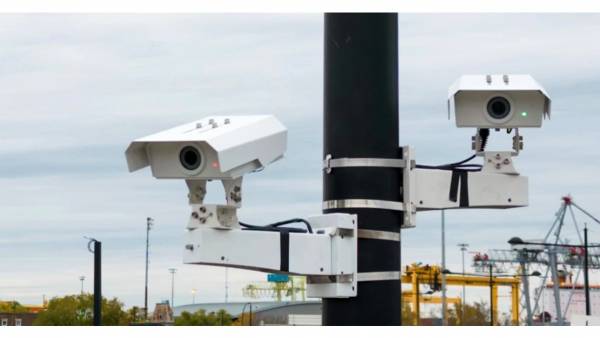
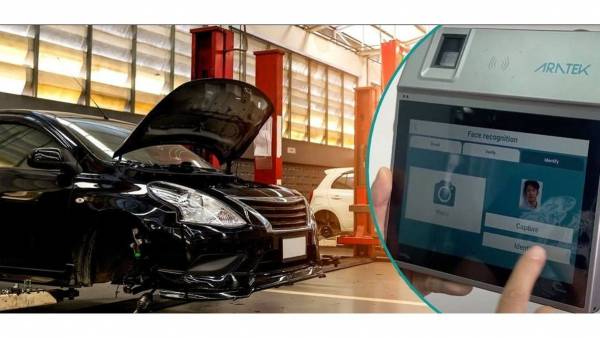
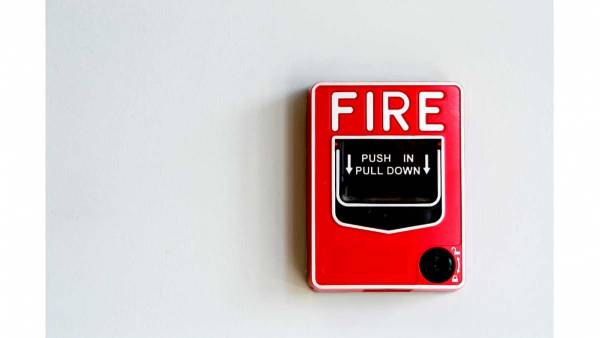

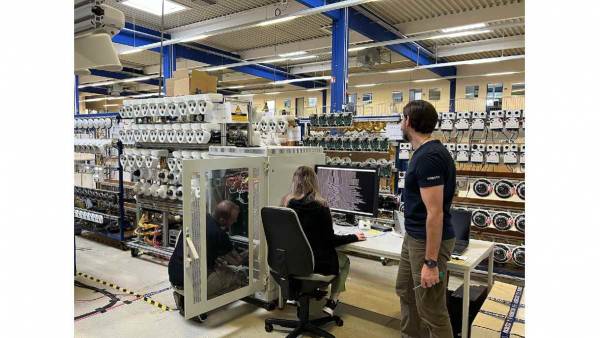
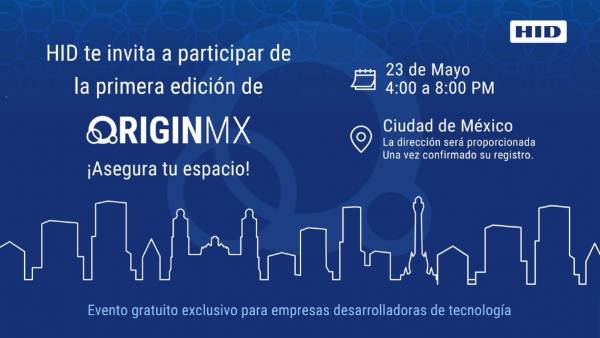














Leave your comment